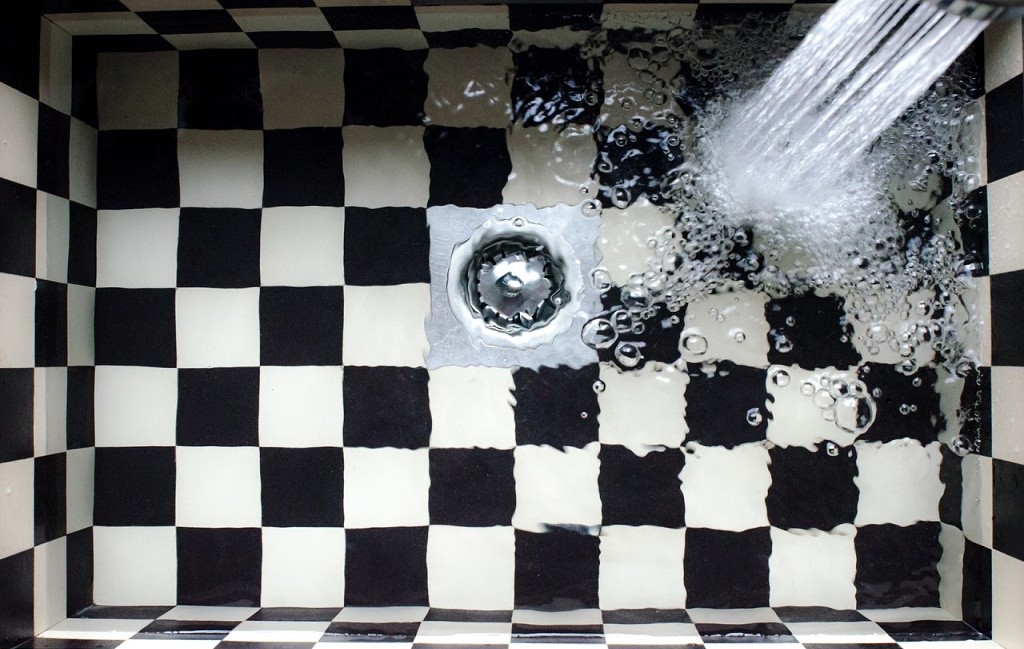Have you ever wondered why do we need a floor sink and floor drain?
Actually, these are complementary bathroom accessories, ensure an excellent drainage system altogether. Sinks and drain covalently perform to enhance the great water passage.
Do you know, the performance of a sink determines how well the floor drain will pass waste materials and water.
Let’s discuss more on the fundamental difference between floor sink and floor drain.
Floor Sink VS Floor Drain
A floor drain is generally a hole that is covered by a grate. It is covered at the lowest point of the surface, which is graded but relatively flat. The water flows into the drain. Floor drains outlay the whole surface of the floor. It can drain all of it.
There can be more than one drain, and in that case, there should be several gradients.
On the other hand, the sink is a generally discreet element. It is incorporated with sides and has its drain. It can be used to wash feet or something similar to this. The shape of the sink is basin-like and has a specific capacity for holding water. It can also buffer the water from what goes down.
Can I drain a sink into a floor drain?
No, you can’t do that. It is not even possible under the rules of common sense. The national building codes of the US and Canada will surely be against it.
Even the local plumbing ordinances you have. Your sink will need to be connected to the sanitary sewer. The floor drain will stay connected to the storm sewer.
If you are in a more seasoned home, where they are shared, you could do it. However, you should uncover the floor and make the association sub-section with inflexible associations and not adaptable hose or line.
You could wind up having a flood in the cellar and having sewage, storm water, or both coming into the basement. But not having an exit plan on the off chance that you don’t do it appropriately.
What is the purpose of a floor drain?
You can never deny importance of a floor drain. Firstly, the floor sink traps almost all the large sized materials from the bathroom waste. But, what if the floor drains clogs despite of having a proper floor drain?
Yes, certainly it might happen. At this point, functionality of a floor drain comes into play.
Proper selection of a floor drain can give you worry free washing experience for long. Thickness, size and fitting quality are important factors while selecting a best floor drain.
What is the purpose of a floor sink?
If you ask me what is the most crucial accessories in bathroom drainage system, undoubtedly, I will say floor sink.
Floor sink plays pivotal role in filtering waste materials and keeping the floor drain free from clogging. Its like first line of defense of drainage system!
So, you can never deny the importance of excellent floor sink. Better the floor sink, better the drainage system!
What is the drain in the bathroom floor for?
Floor drains are the main aspect of the maintenance of your bathroom. It makes cleaning the bathroom much easier as the surface can be easily rinsed and washed off while the water drains through the floor drain.
If there were no floor drain in the bathroom, it would cause a lot of inconveniences. First of all, water can damage the flooring. Secondly, it would cause staining on the floor.
Then there is odor. Floor drains are specially designed to keep the odor away from your bathroom. And as it makes cleaning easier, there will be no build-up of odor either inside your bathroom.
How do you size a floor drain?
Here is our guide on how you can size a floor drain.
- First of all, a floor drainer should have removable strainers.
- It should be constructed, ensuring that it is capable of being cleaned.
- Then you should have access to the drain inlet.
- The floor will not have a drain outlet less than 51 mm in diameter.
- The floor drains will conform to CSA B79 or ASME A112.6.3
- Trench drains will comply with ASME A112.6.3.
Is a floor drain required in a commercial bathroom?
Yes, it is required in a commercial bathroom. The floor drain will carry away any water that overflows. It will also eliminate odor from a toilet, urinal, or sink and add a little bit of water after each cleaning. You can also add mineral oil to reduce the evaporations.
You use memory rubber trap seals, or you could provide trap primers. The floor drain will be located below a stall partition. It will avoid anyone peeing into the drain.
When installing a floor drain, you should confirm that the exhaust is a minimum of 2 cm per square foot. This way, your commercial bathroom will remain clean and odor-free.
Conclusion
The floor sink and floor drain both are integral components of the drainage system. They have a supportive role; if one of these systems fails, then the total drainage system will collapse. So, it’s better to select quality bathroom accessories to ensure everything works perfectly.

